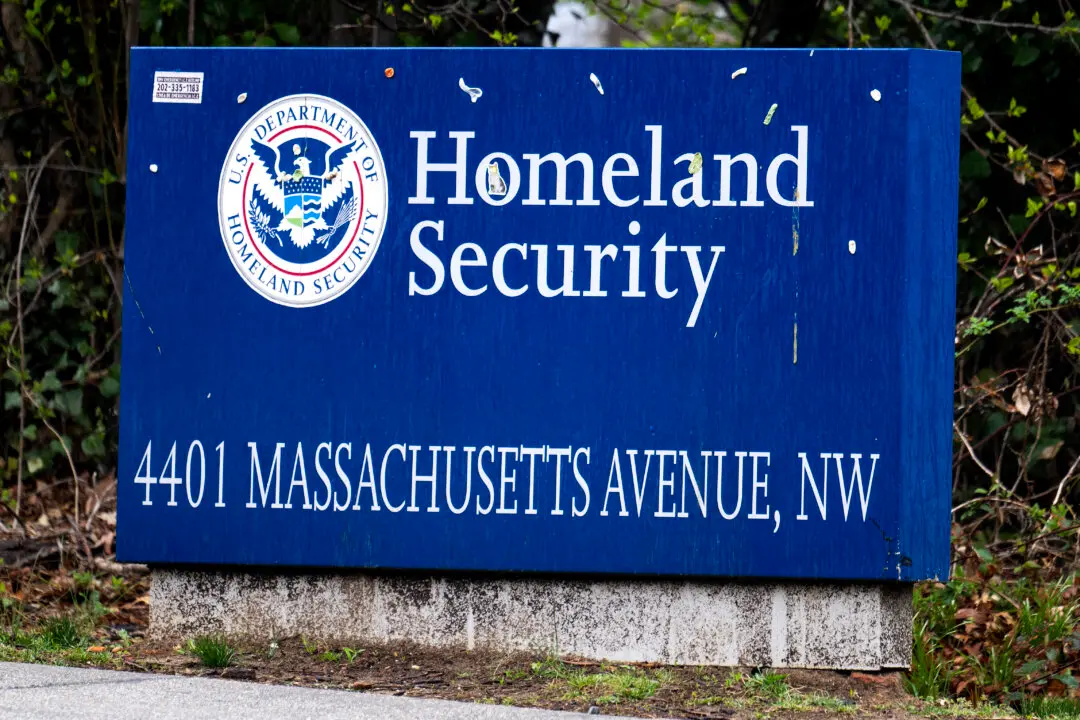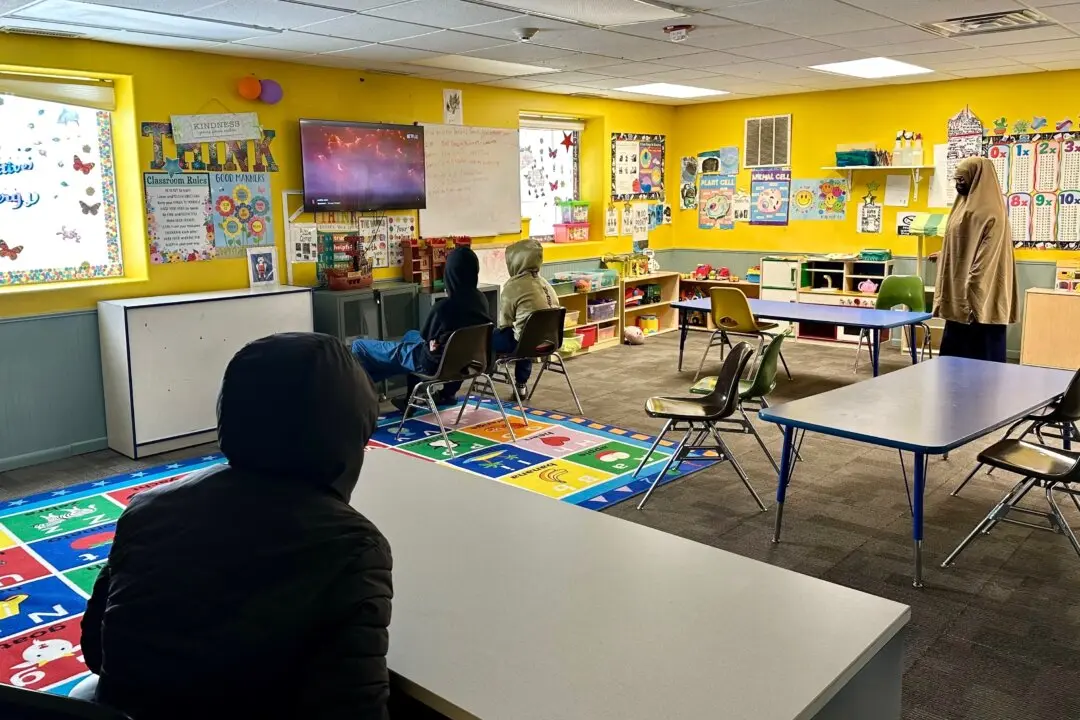North Korea said Monday that it conducted an “important final-stage test” for the development of its spy satellite, following reports that it fired two ballistic missiles into the waters off its east coast on Sunday.
The test was conducted at the Sohae Satellite Launching Ground on Dec. 18 to evaluate the capabilities of satellite photography and data transmission system, state media Korean Central News Agency (KCNA) reported.





